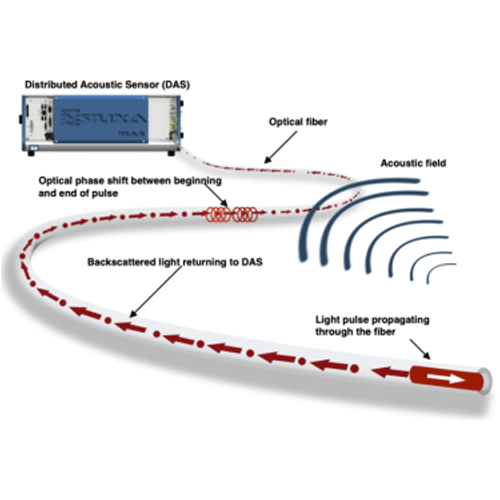Smart Cable design
Optical cables are the way optical fibres are encapsulated to protect them from the installation and from environment. For DFOS, it is common to ‘banalize’ cable design assuming that any cable is useful for a measurement. But that’s not right. On the one hand, cable construction has a significant impact on how efficient the optical fibre can capture information from environment. On the other hand, for most scattering mechanisms such as Rayleigh and Brillouin, temperature and strain are fully coupled and there is no straightforward way of finding out which of these two factors is causing an event. Smart cable design can provide ways to decouple measuring magnitudes, and this is the field in which Prysmian has extensively work along the last couple of years, launching to the market DFOS cables suitable for multi-sensing purposes. In addition, Prysmian Group have recently launched a monitoring system for overhead transmission lines that uses the optical fibres of OPGW (the grounding cable of the HV transmission line) for detection of events like lightning strike, short-circuit, aeolian vibrations, corona effect and fire detection.

Josep Martín Regalado,
R&D Manager of OPGW & Specials BU, Prysmian Group






